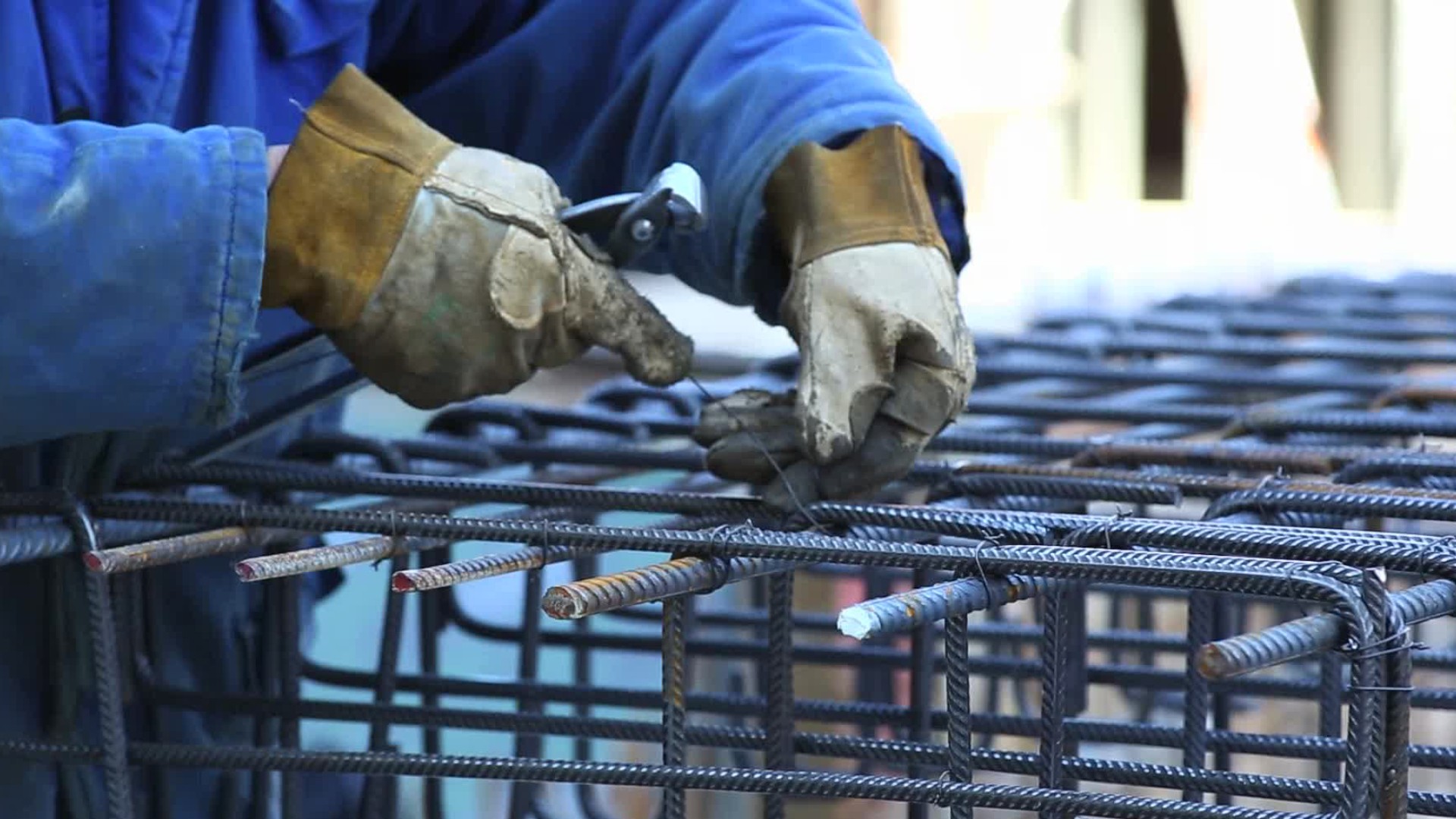Reinforcing Iron & Rebar Workers
Iron Installer, Iron Worker, Ironworker, Rodbuster
 Select a military branch to see samples.
Select a military branch to see samples.
Heavy Repair Superintendent; Structural; Structural Apprentice; Structural Craftsman; Structural Helper; Structural Journeyman
Cannon Crewmember; Cavalry Scout; Wheeled Vehicle Mechanic
Damage Controlman; Material Maintenance Specialty
No similar titles were found.
Builder; Steelworker
No similar titles were found.
What they do:
Position and secure steel bars or mesh in concrete forms in order to reinforce concrete. Use a variety of fasteners, rod-bending machines, blowtorches, and hand tools. Includes rod busters.
On the job, you would:
- Determine quantities, sizes, shapes, and locations of reinforcing rods from blueprints, sketches, or oral instructions.
- Space and fasten together rods in forms according to blueprints, using wire and pliers.
- Position and secure steel bars, rods, cables, or mesh in concrete forms, using fasteners, rod-bending machines, blowtorches, or hand tools.
Knowledge
Engineering and Technology
- building and construction
- design
Math and Science
- arithmetic, algebra, geometry, calculus, or statistics
Business
- management
Arts and Humanities
- English language
Skills
Basic Skills
- thinking about the pros and cons of different ways to solve a problem
Problem Solving
- noticing a problem and figuring out the best way to solve it
Abilities
Hand and Finger Use
- hold or move items with your hands
- keep your arm or hand steady
Endurance
- exercise for a long time without getting out of breath
Physical Strength
- lift, push, pull, or carry
- use your lower back and stomach
Controlled Movement
- use your arms and/or legs together while sitting, standing, or lying down
Personality
People interested in this work like activities that include practical, hands-on problems and solutions.
They do well at jobs that need:
- Attention to Detail
- Dependability
- Cautiousness
- Perseverance
- Stress Tolerance
- Integrity
Technology
You might use software like this on the job:
Project management software
- Application Software SHEAR
- Applied Systems Associates aSa Rebar
Computer aided design CAD software
- OTP ArmaCAD
Data base user interface and query software
- RebarWin
Education
Education: (rated 2 of 5)
no high school diploma/GED or
high school diploma/GED
usually needed
high school diploma/GED
usually needed
Job Outlook
Bright
New job opportunities are very likely in the future.
Explore More
- Brickmasons & Blockmasons
- Cement Masons & Concrete Finishers
- Drywall & Ceiling Tile Installers
- Structural Iron & Steel Workers
- Structural Metal Fabricators & Fitters
You might like a career in one of these industries:
See more details at O*NET OnLine about Reinforcing Iron & Rebar Workers.




